Sisyphus / Hannan Abu Hussein, Batia Malka
Curators: Reut Ravuah, Shelly Shavit
Opening: Thursday 10/11/22, 19:30
Gallery talk and Closing: Saturday 31/12/22, 11:30-14:00
The exhibition brings together two artists, Hannan Abu Hussein and Batia Malka, whose interpretation of break and connect, separate, and join, mental weight and freedom, leads to two bodies of work that are different in look, color, and aesthetic, but the common denominator of break, connect and cover are the base of their social and cultural criticism which they express in their works. The work process of both artists is labor intensive and meditative.
Sisyphus was doomed forever to roll a heavy stone uphill, only to have it always roll down again forcing him into an infinite circle of useless effort and endless disappointment. The metaphoric stone that each artist bears is expressed as social and cultural criticism and repetitive artistic actions. In the book by Albert Camus “The Myth of Sisyphus” he compares the life of modern man to the fate of Sisyphus: “The struggle to the top is enough in itself to fill the human heart with joy. One should think of a happy Sisyphus.”
Hannan Abu Hussein lives between Umm El Fahm and Jerusalem. Her varied works convey her life story baring her soul that has been criticized by the men in her family for choosing art as a way of life and in general. Issues such as feminism, the status of women in the Arab sector, her relationship with her father, an intellectual and knowledgeable man who exposed her to knowledge but on the other hand allowed her brothers to treat her violently and control her life. This life struggle is the base of all her artistic making. This is her rock that she is doomed to roll, and which she contends with until today.
Her work in the exhibition focuses on the connection of pipes. Cast ceramic hollow parts joined by concrete creates an interrupted path that is blocked and broken. These materials reference hard physical labor used in building which is identified with the Arab sector and men in particular. The artist adopts these abilities, the “hard” work process and in her words expresses her mental and physical strength emphasizing her feelings that cannot be healed or mended to enable the flow.
Batia Malka works in a small room in her home in Holon and criticizes the culture of abundance and man’s battle against the ravages of time. Malka finds and buys remnants of classical culture from flea markets: items from dinner services/ different stories: decorated ceramic plates and cups. She orders shiny, plastic pearls from AliExpress in commercial quantities. She then breaks the tableware and uses the shards as a base to grow a new culture and material approach. The break is the starting point of joining the different parts and in this way, she creates a new whole. In her words, as she creates more shards, she has no pretention to make the parts whole but instead focuses on the aesthetic of the break itself. This amazing and precise aesthetic looks organic, growing and generating a colony of plastic pearls. The initial image is out of context and the eye is enticed by the abundant shiny bubbles that become a kind of scab on a join or break. The objects express over abundance, temptation, with a lack of moderation and proportion becoming kitsch and expressing consumerism and a society of capitalism.
Malka criticizes the culture of abundance and man’s struggle against the ravages of time. She draws a metaphoric line between Botox, the use of filters in social media, the temptations of consumerism of replacing the old with something new and then something newer, even though this mass consumption destroys the resources. The plastic pearls that she imports cover the broken ceramics in the same way as Botox covers organic tissues. Once again, we are caught in the magic even though the function is lost on the way.
Hannan Abu Hussein and Batia Malka remove the function from everyday objects: Abu Hussein making plumbing pipes, essential paths that are mostly hidden from the eye, and through them exposes a complex system of cultural relationships in her family which she bears all her life. Malka collects secondhand items and by breaking them removes their function. With kitsch decoration the broken parts take on a new meaning. She hides the breaks and covers them with overabundance and in so doing criticizes the mass consumerism whereas Abu Hussein exposes what is easy for us to hide – the inequality of society where the right to fulfill oneself for Arab women is not obvious.

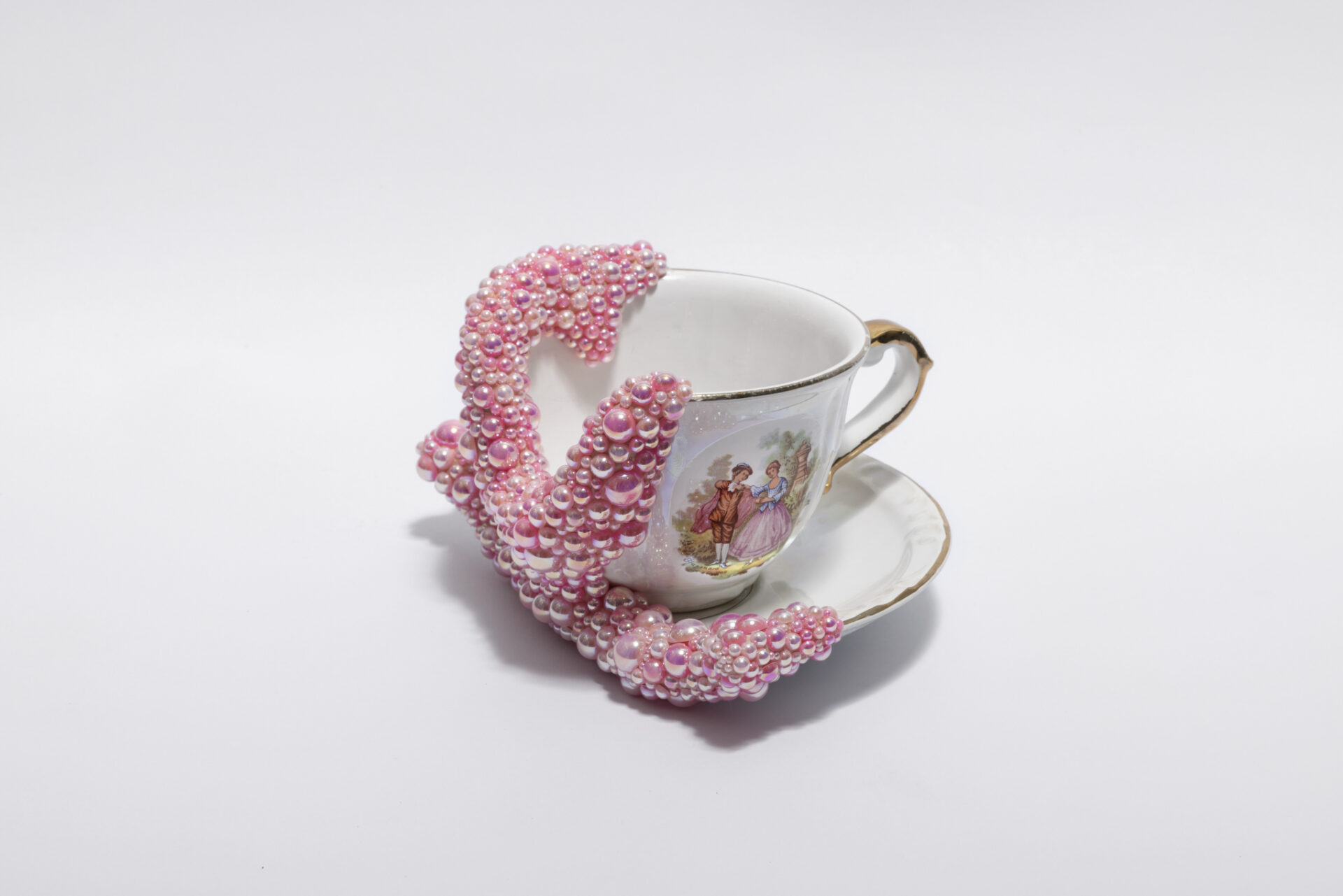
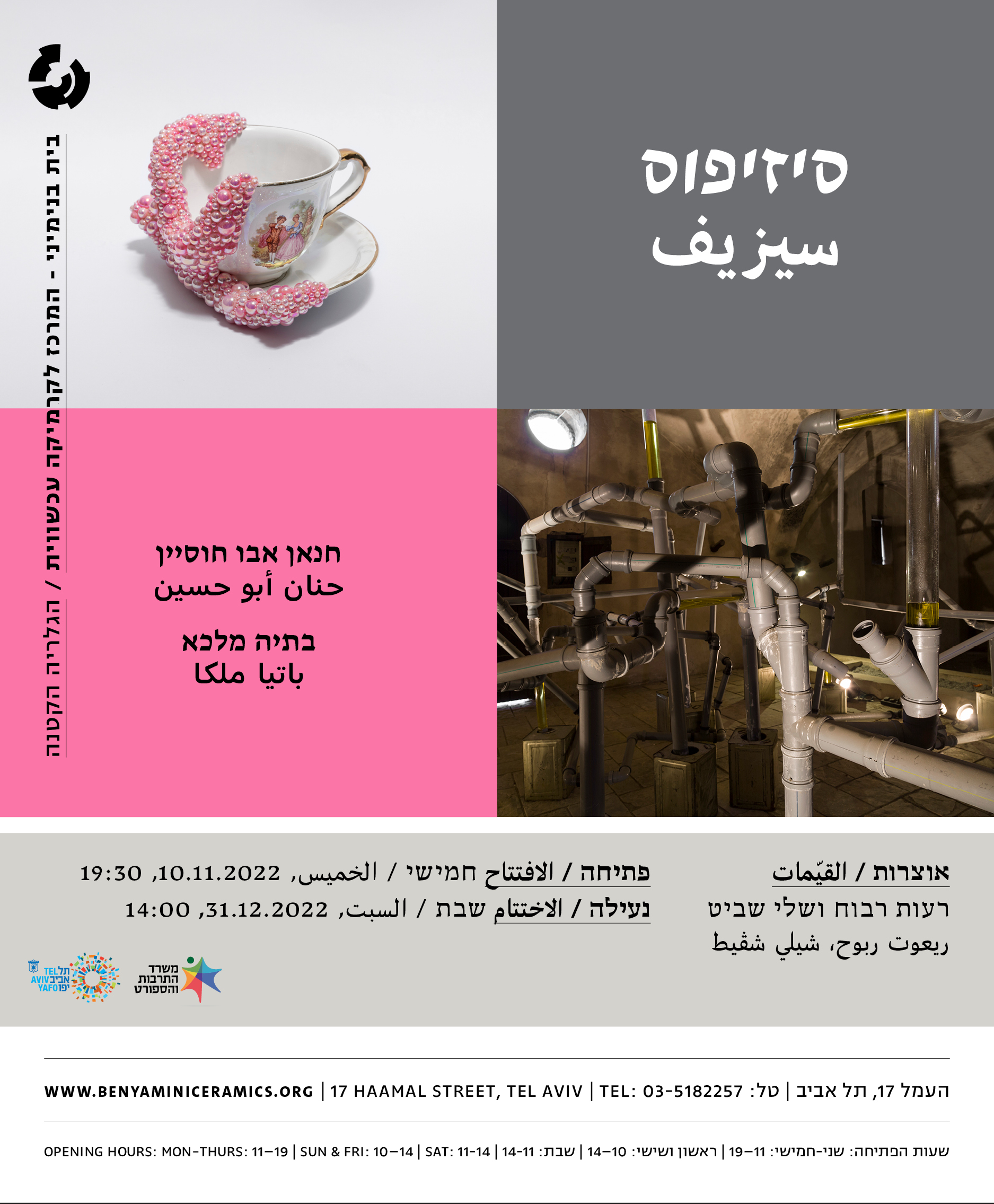 Invitation
Invitation
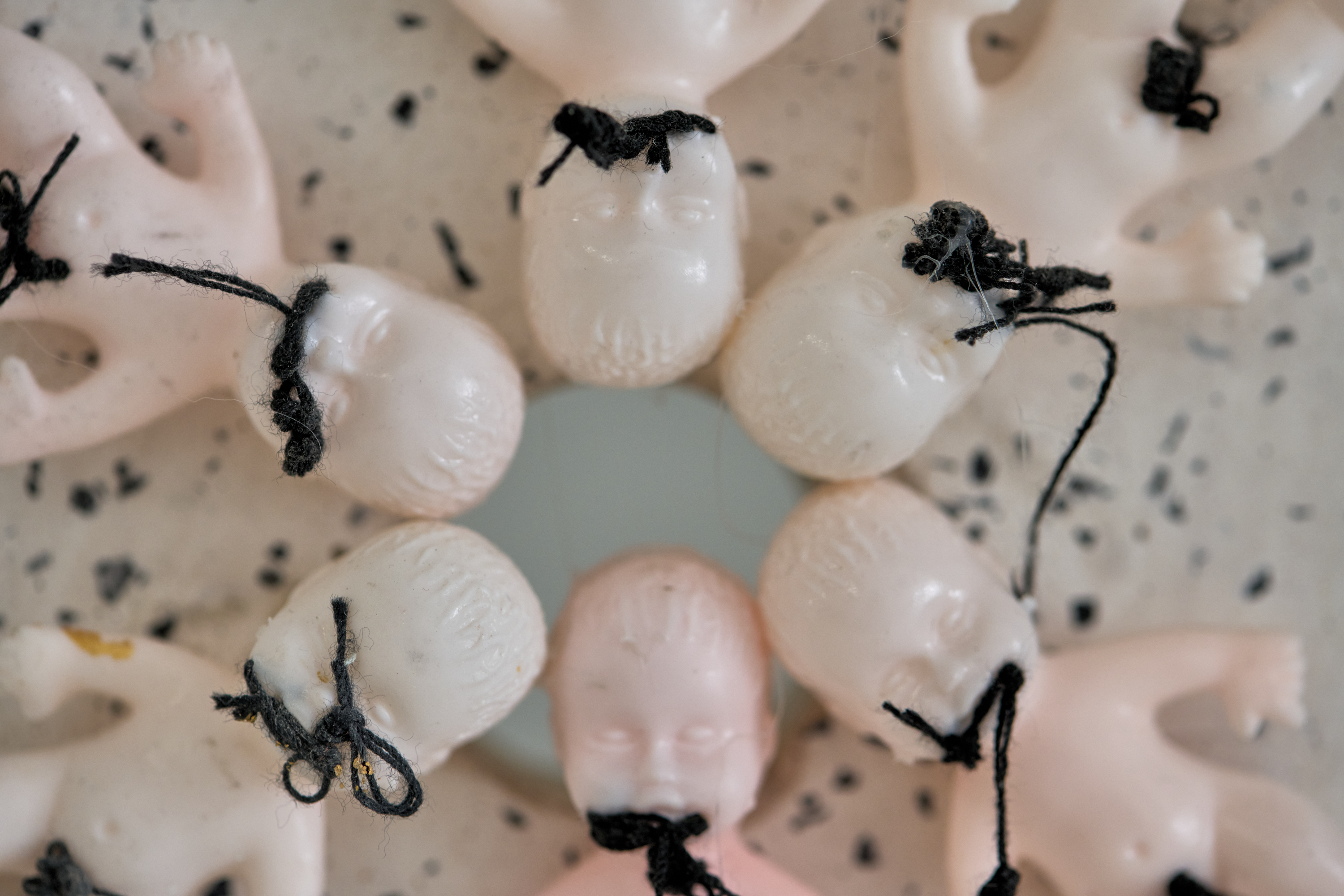 חנאן אבו חוסיין_סיזיפוס _سيزيف_תערוכה זוגית_צילום דור קדמי
חנאן אבו חוסיין_סיזיפוס _سيزيف_תערוכה זוגית_צילום דור קדמי
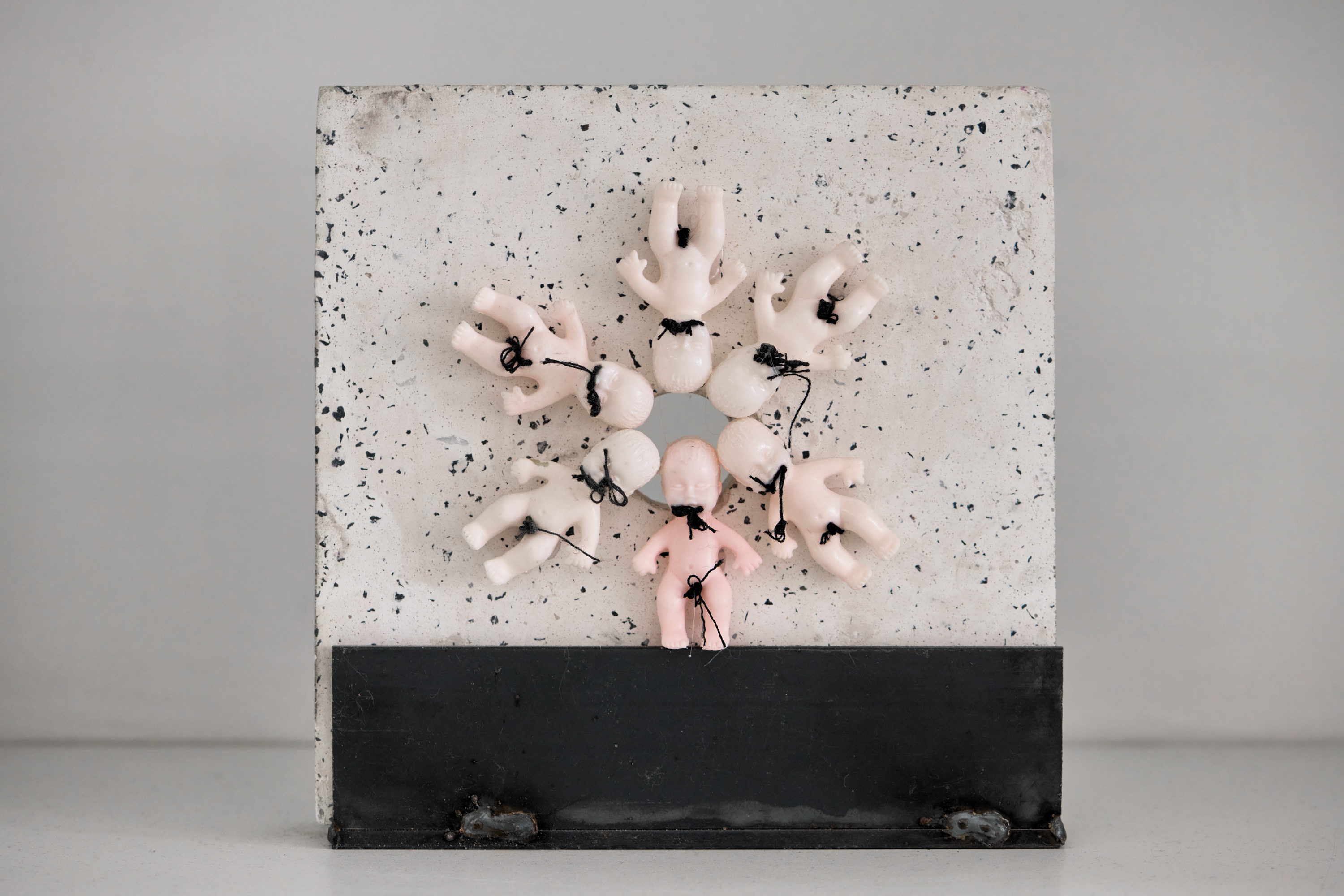 חנאן אבו חוסיין_סיזיפוס _سيزيف_תערוכה זוגית_צילום דור קדמי
חנאן אבו חוסיין_סיזיפוס _سيزيف_תערוכה זוגית_צילום דור קדמי
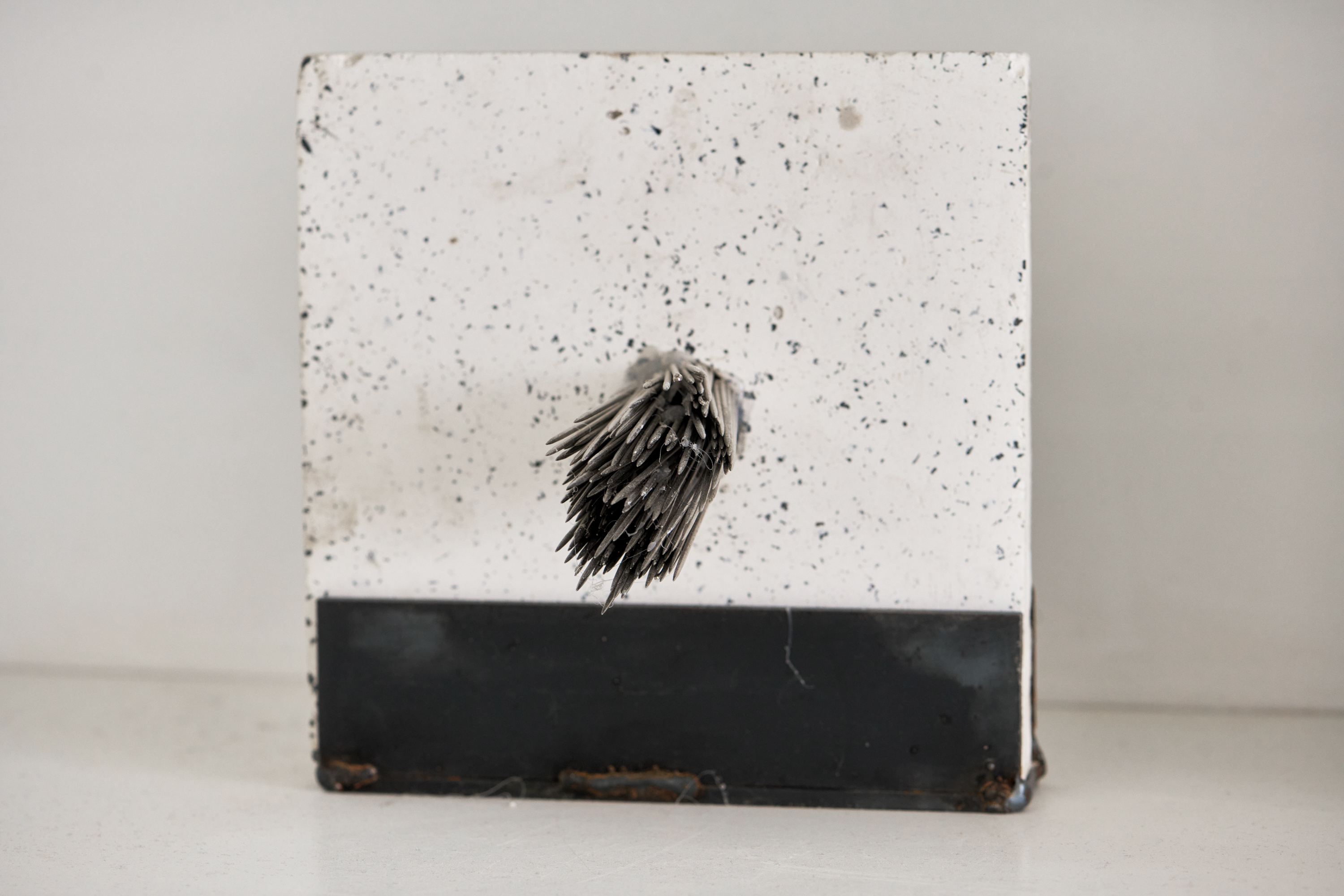 חנאן אבו חוסיין_סיזיפוס _سيزيف_תערוכה זוגית_צילום דור קדמי
חנאן אבו חוסיין_סיזיפוס _سيزيف_תערוכה זוגית_צילום דור קדמי
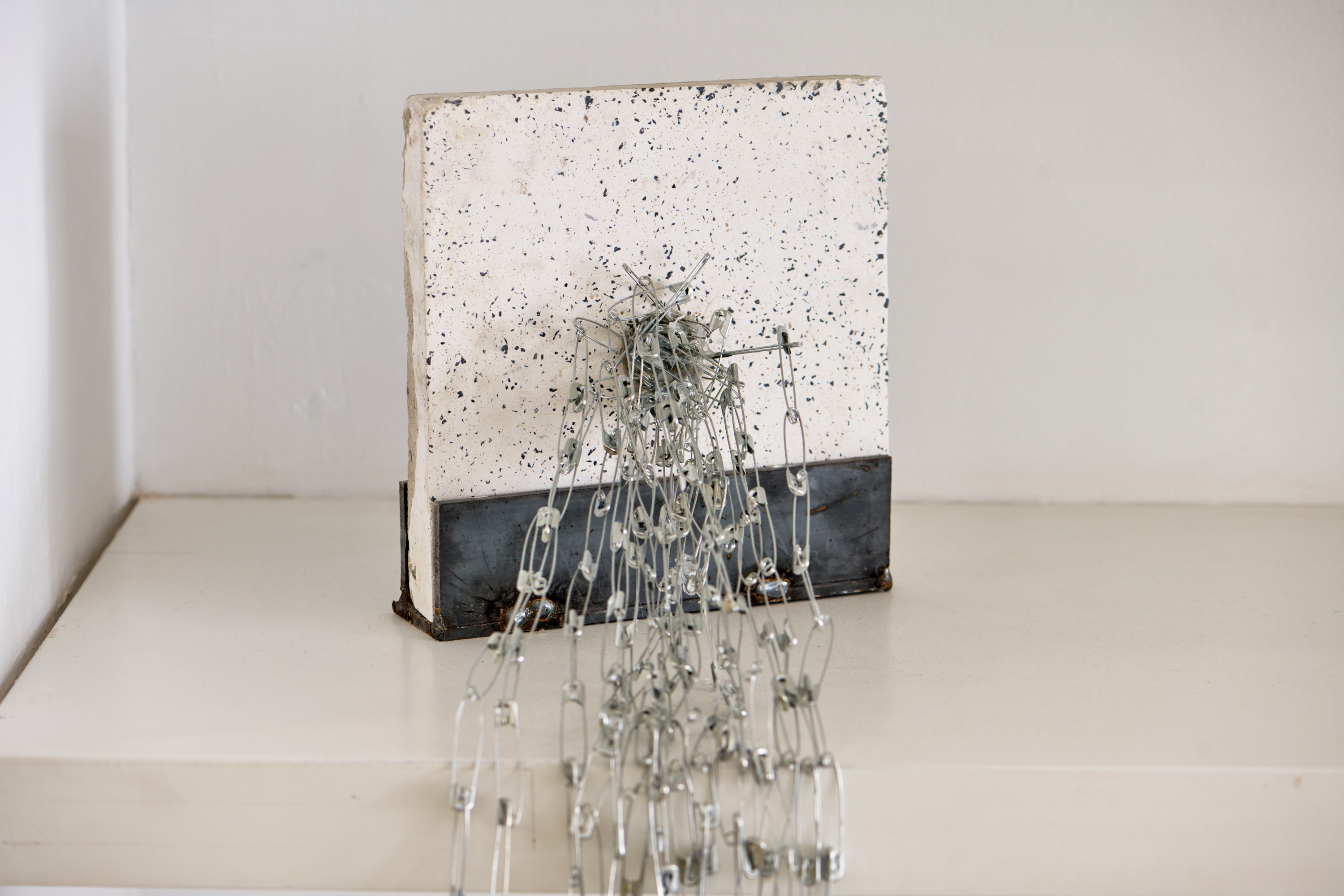 חנאן אבו חוסיין_סיזיפוס _سيزيف_תערוכה זוגית_צילום דור קדמי
חנאן אבו חוסיין_סיזיפוס _سيزيف_תערוכה זוגית_צילום דור קדמי
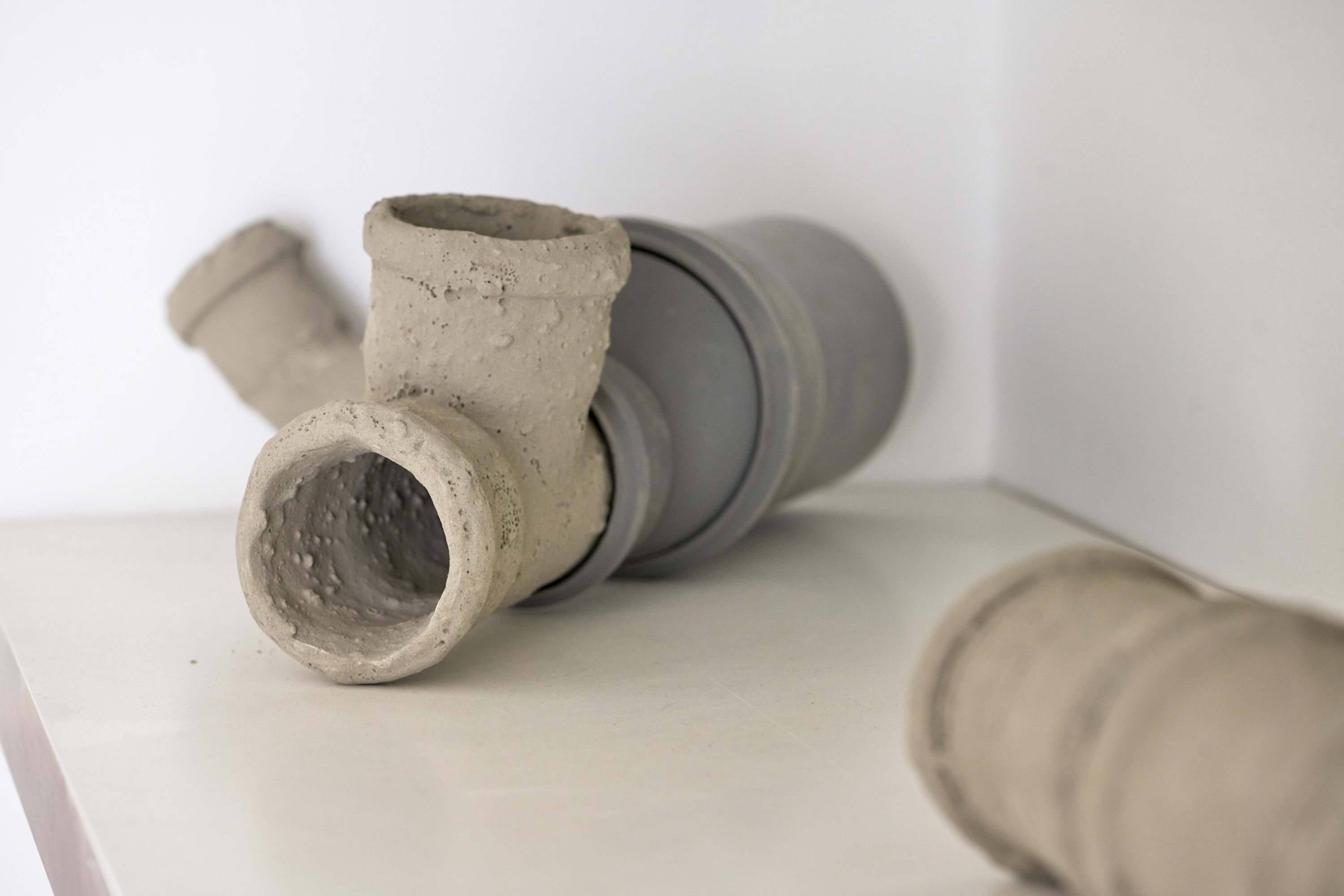 חנאן אבו חוסיין_סיזיפוס _سيزيف_תערוכה זוגית_צילום דור קדמי
חנאן אבו חוסיין_סיזיפוס _سيزيف_תערוכה זוגית_צילום דור קדמי
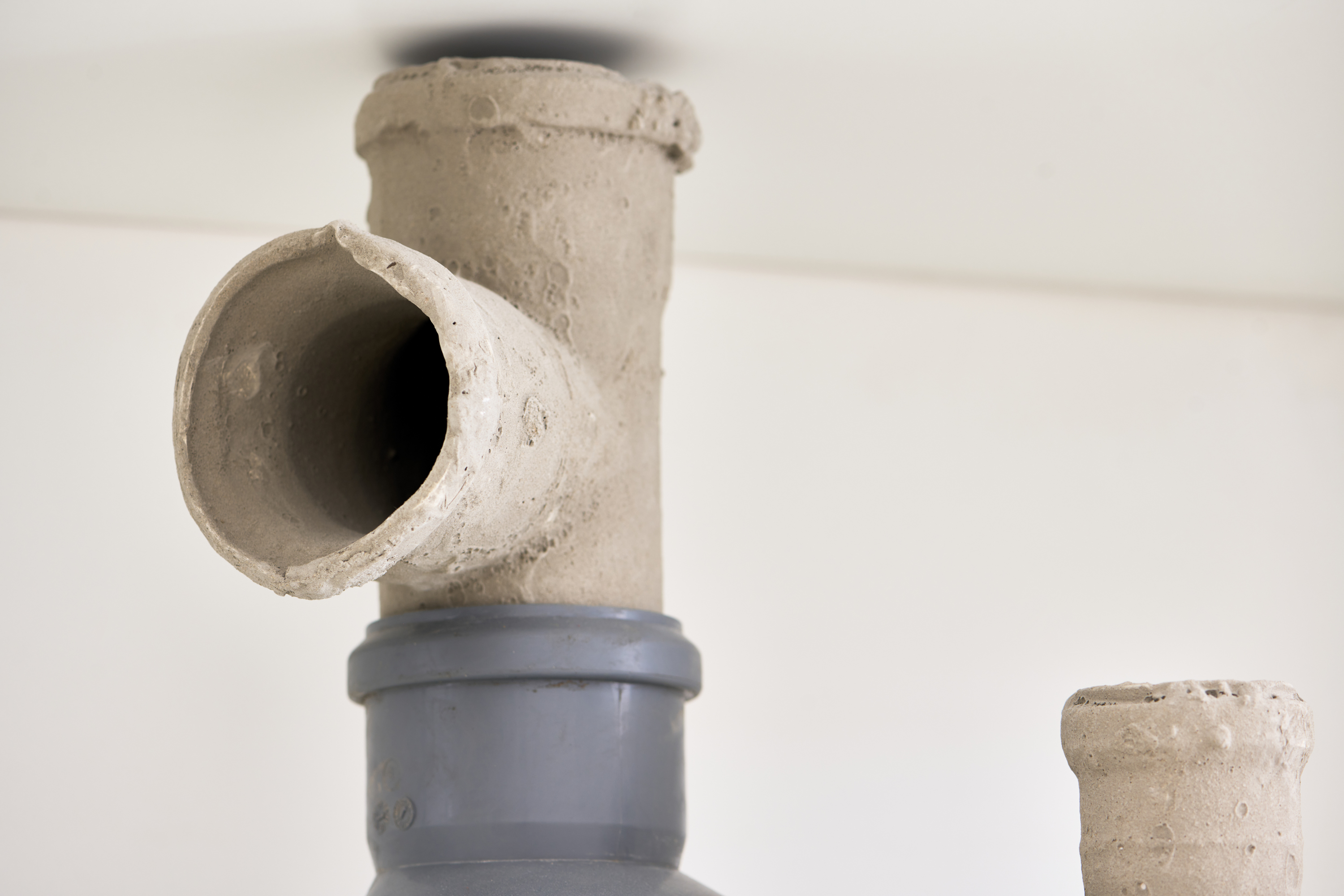 חנאן אבו חוסיין_סיזיפוס _سيزيف_תערוכה זוגית_צילום דור קדמי
חנאן אבו חוסיין_סיזיפוס _سيزيف_תערוכה זוגית_צילום דור קדמי
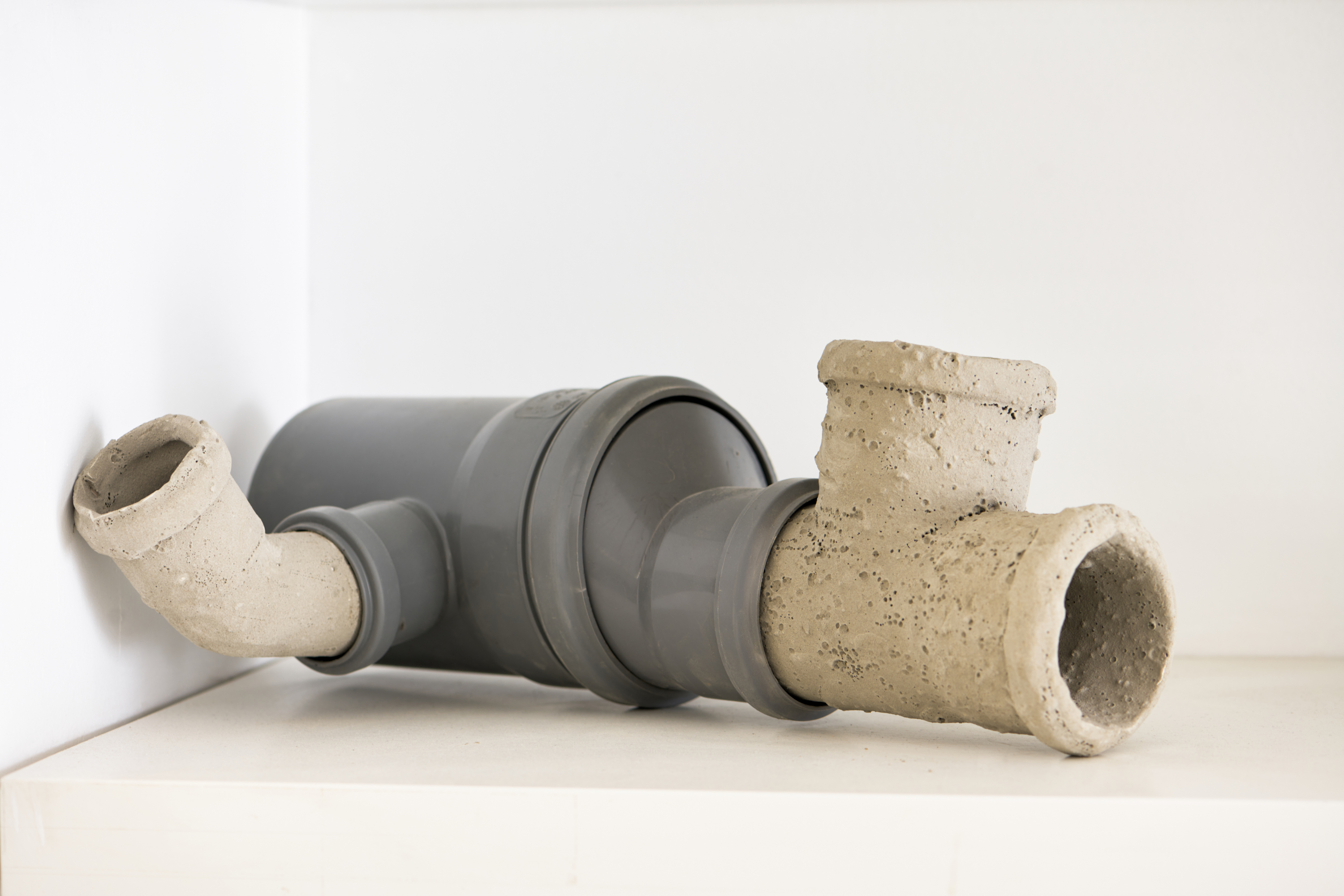 חנאן אבו חוסיין_סיזיפוס _سيزيف_תערוכה זוגית_צילום דור קדמי
חנאן אבו חוסיין_סיזיפוס _سيزيف_תערוכה זוגית_צילום דור קדמי
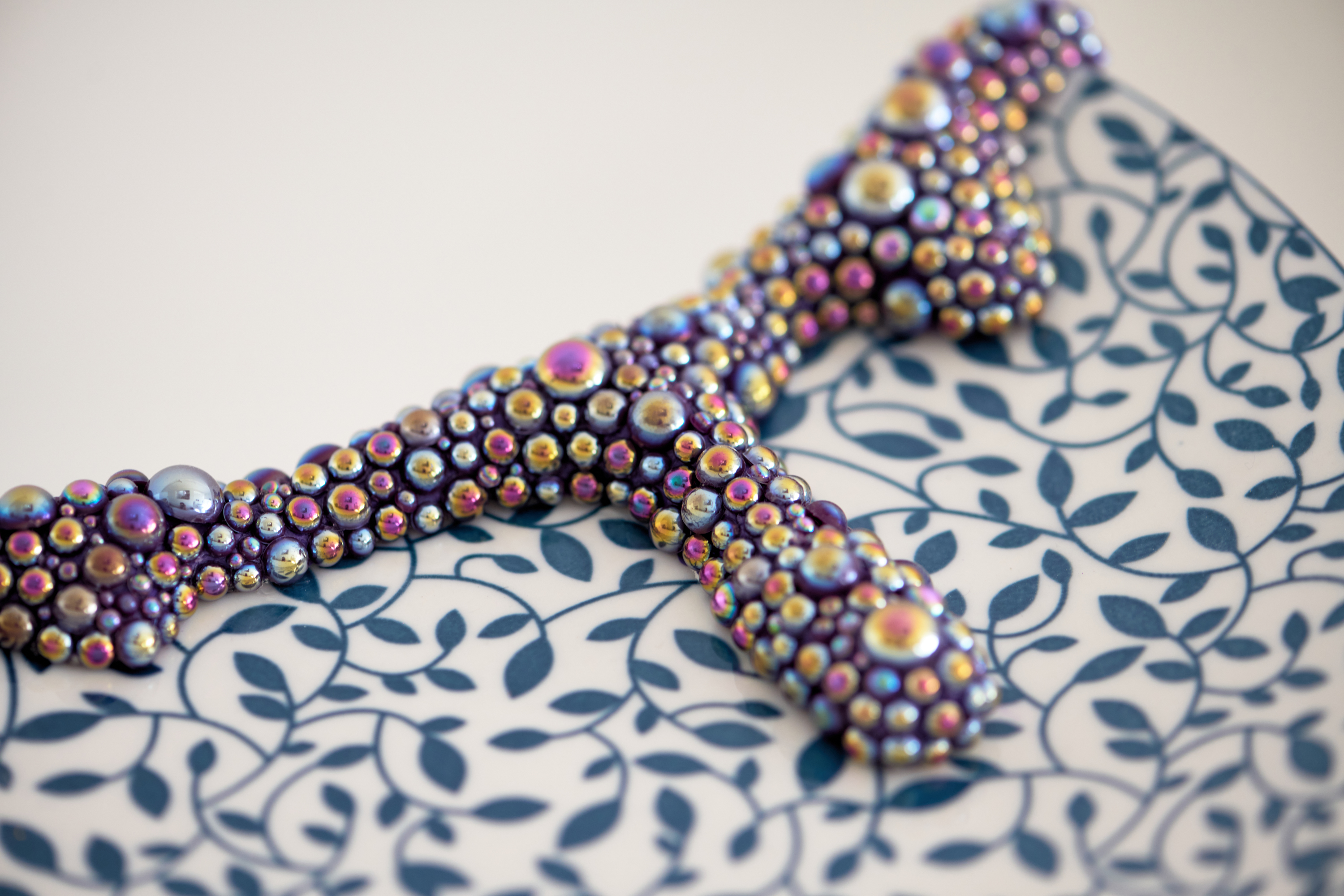 בתיה מלכא_סיזיפוס _سيزيف_תערוכה זוגית_צילום דור קדמי
בתיה מלכא_סיזיפוס _سيزيف_תערוכה זוגית_צילום דור קדמי
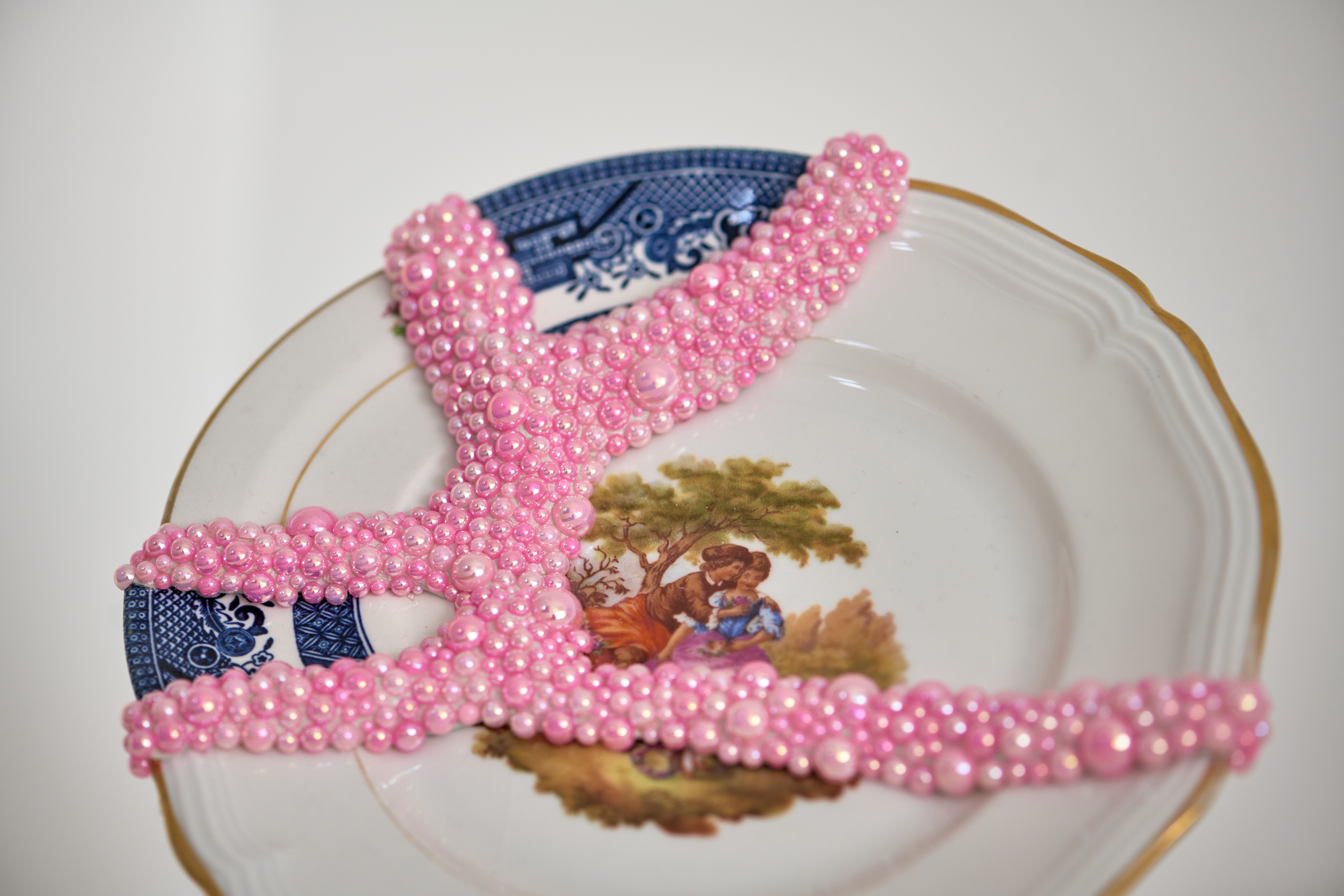 בתיה מלכא_סיזיפוס _سيزيف_תערוכה זוגית_צילום דור קדמי
בתיה מלכא_סיזיפוס _سيزيف_תערוכה זוגית_צילום דור קדמי
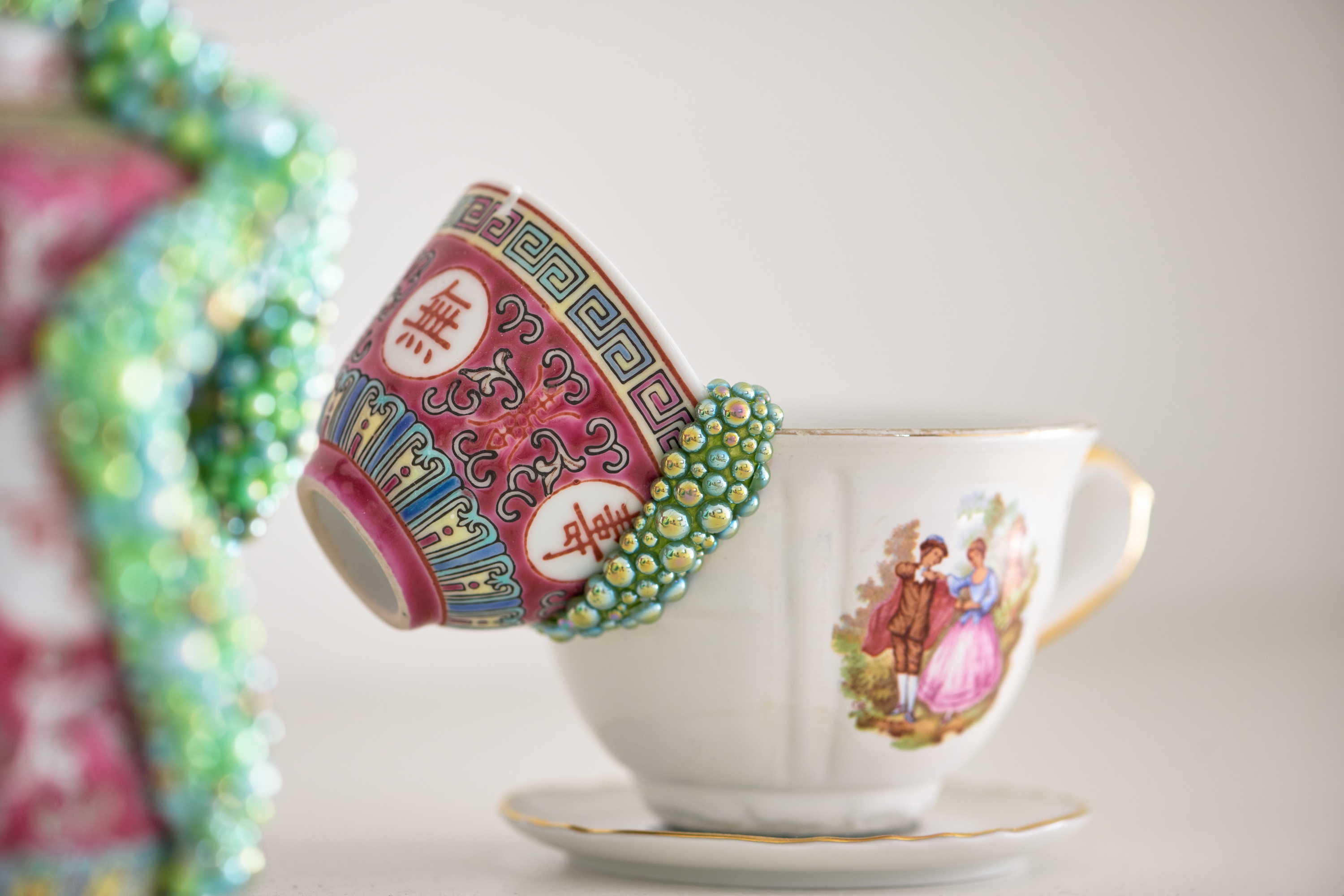 בתיה מלכא_סיזיפוס _سيزيف_תערוכה זוגית_צילום דור קדמי
בתיה מלכא_סיזיפוס _سيزيف_תערוכה זוגית_צילום דור קדמי
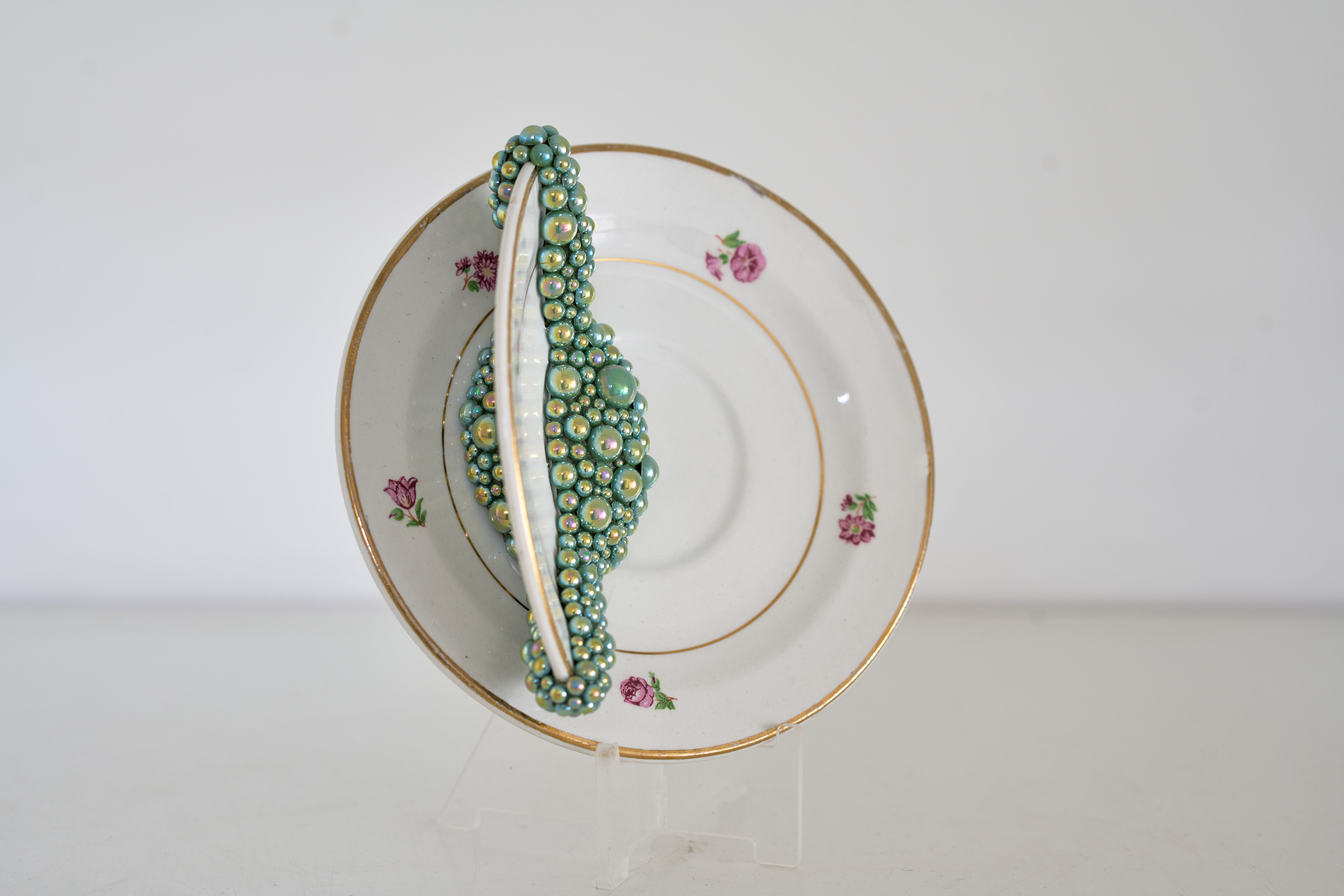 בתיה מלכא_סיזיפוס _سيزيف_תערוכה זוגית_צילום דור קדמי
בתיה מלכא_סיזיפוס _سيزيف_תערוכה זוגית_צילום דור קדמי
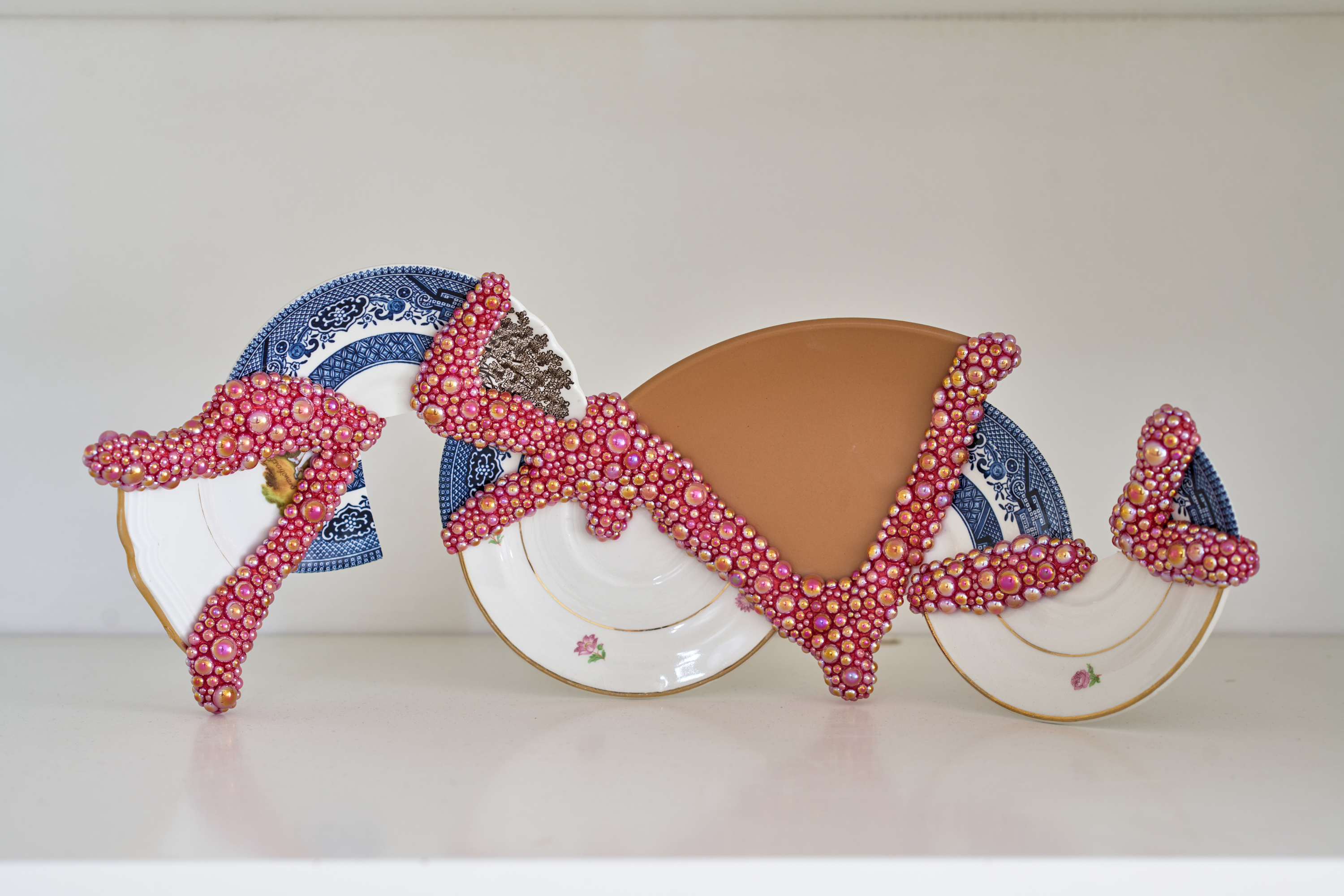 בתיה מלכא_סיזיפוס _سيزيف_תערוכה זוגית_צילום דור קדמי
בתיה מלכא_סיזיפוס _سيزيف_תערוכה זוגית_צילום דור קדמי
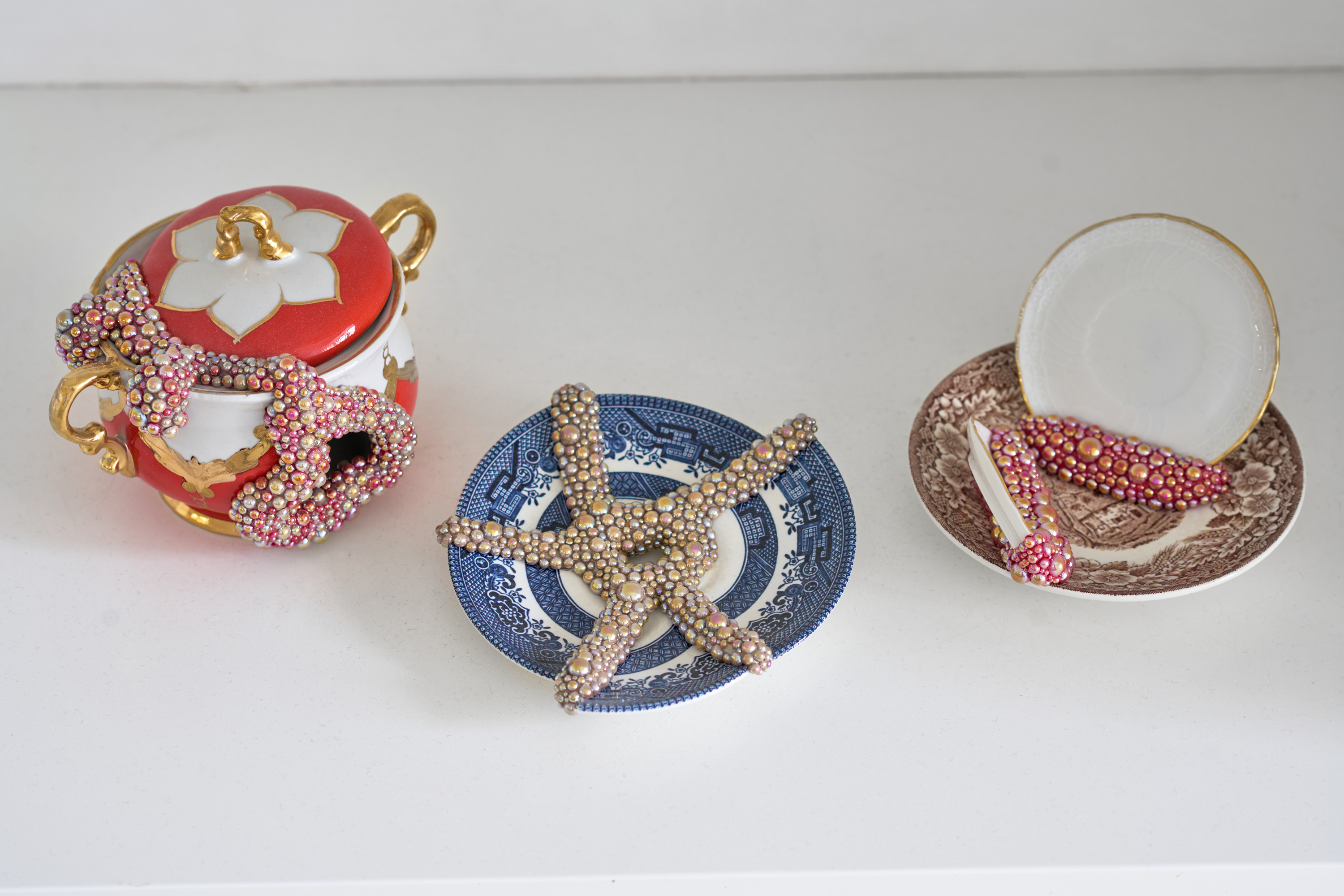 בתיה מלכא_סיזיפוס _سيزيف_תערוכה זוגית_צילום דור קדמי
בתיה מלכא_סיזיפוס _سيزيف_תערוכה זוגית_צילום דור קדמי
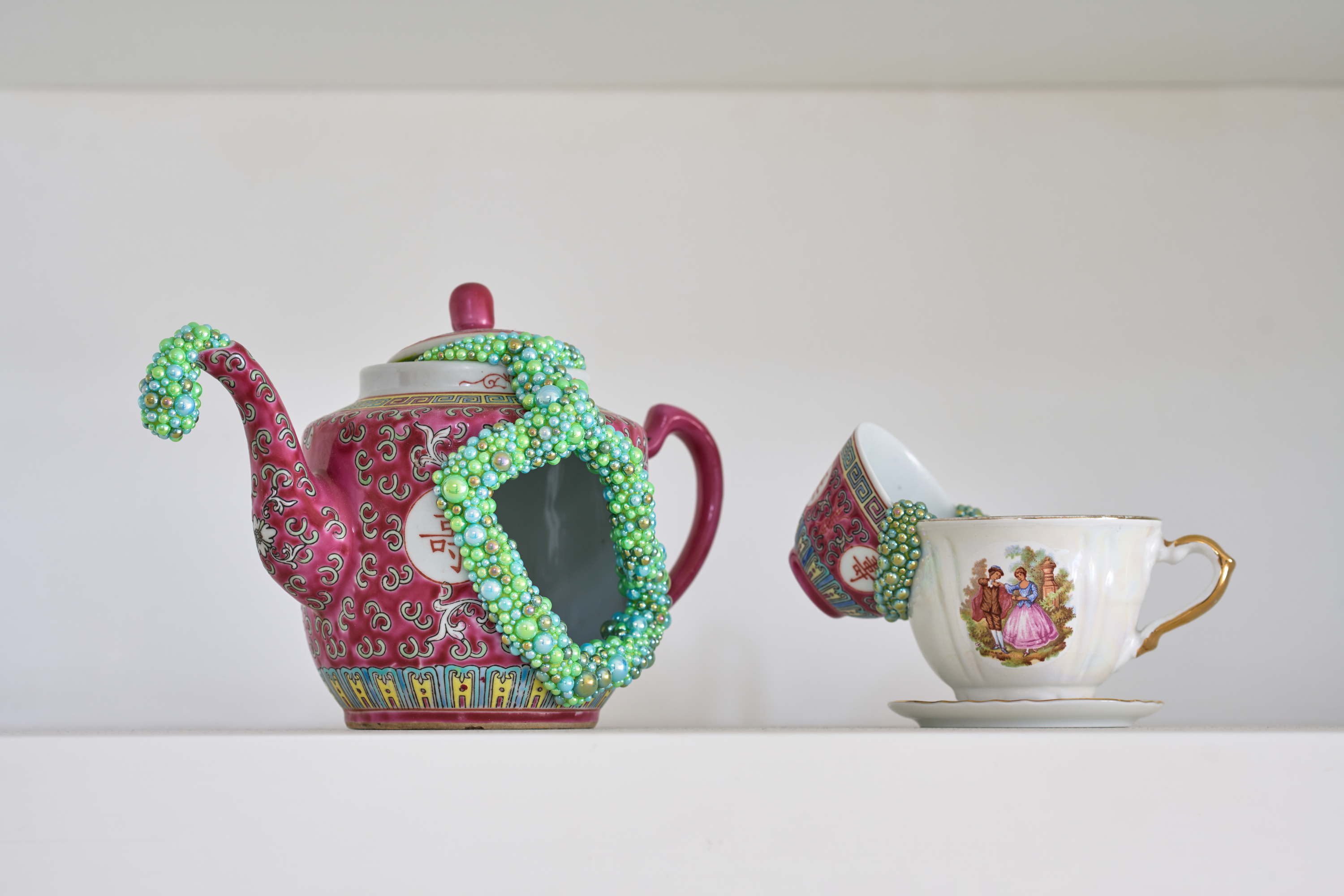 בתיה מלכא_סיזיפוס _سيزيف_תערוכה זוגית_צילום דור קדמי
בתיה מלכא_סיזיפוס _سيزيف_תערוכה זוגית_צילום דור קדמי
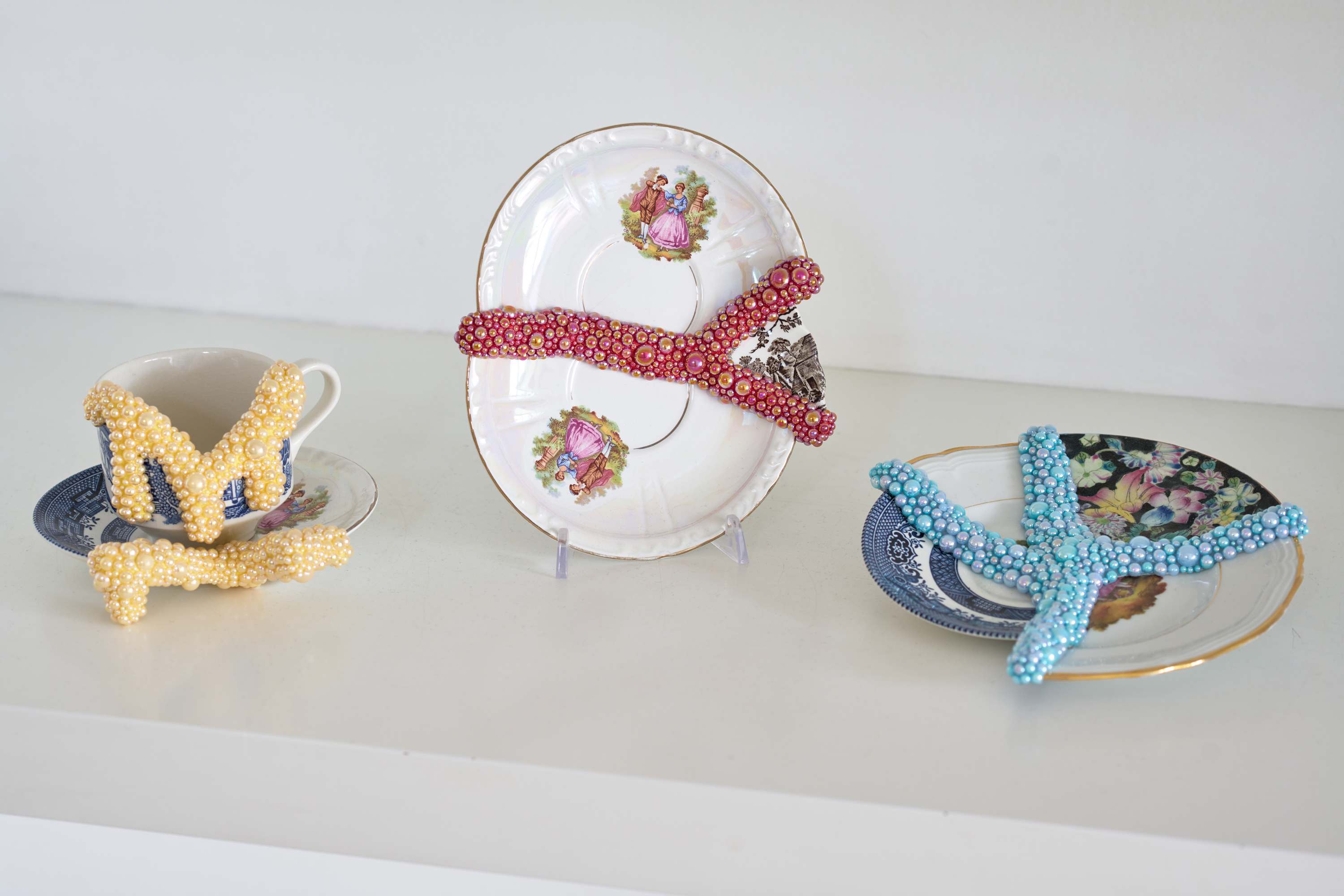 בתיה מלכא_סיזיפוס _سيزيف_תערוכה זוגית_צילום דור קדמי
בתיה מלכא_סיזיפוס _سيزيف_תערוכה זוגית_צילום דור קדמי
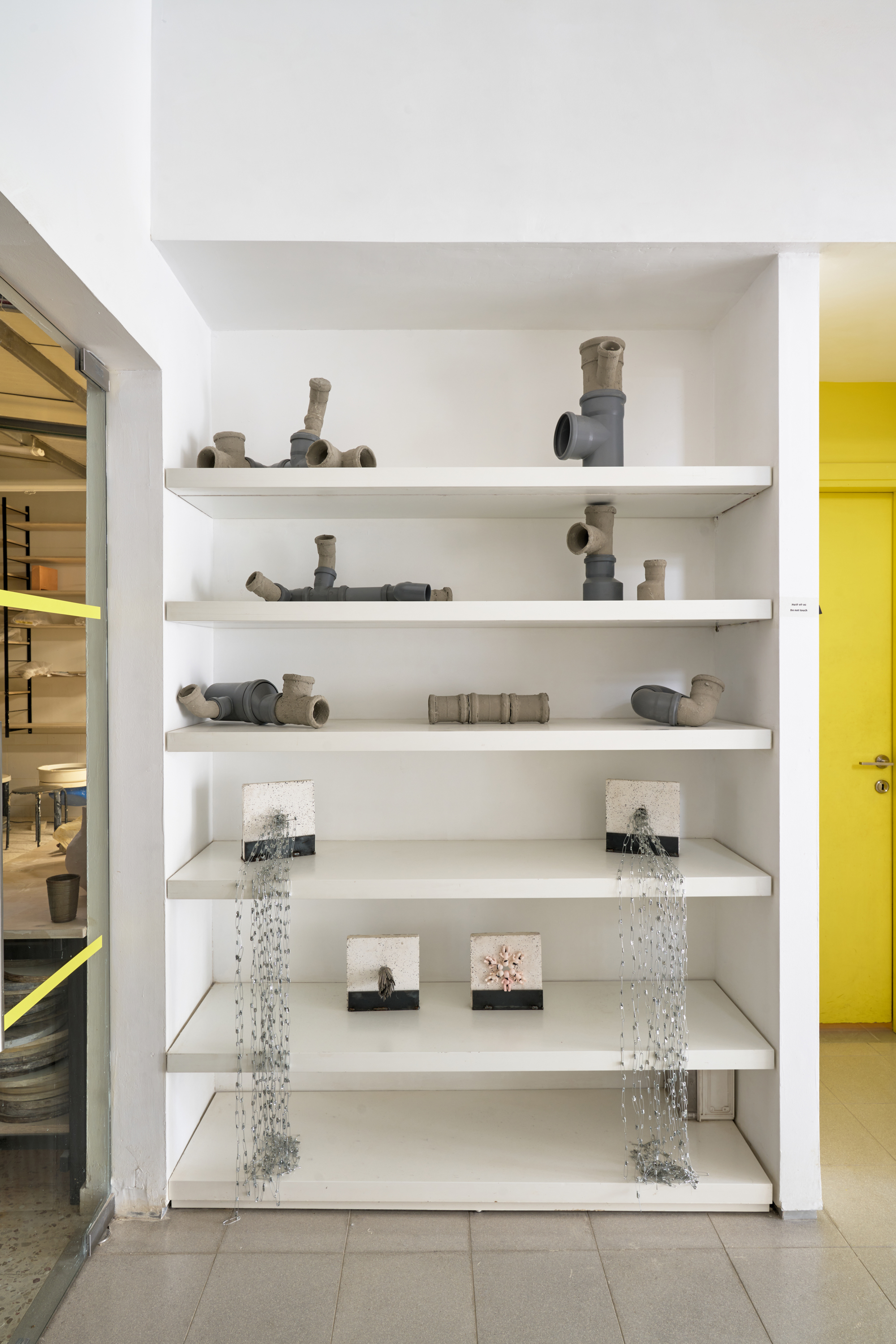 סיזיפוס _سيزيف_תערוכה זוגית_צילום דור קדמי
סיזיפוס _سيزيف_תערוכה זוגית_צילום דור קדמי
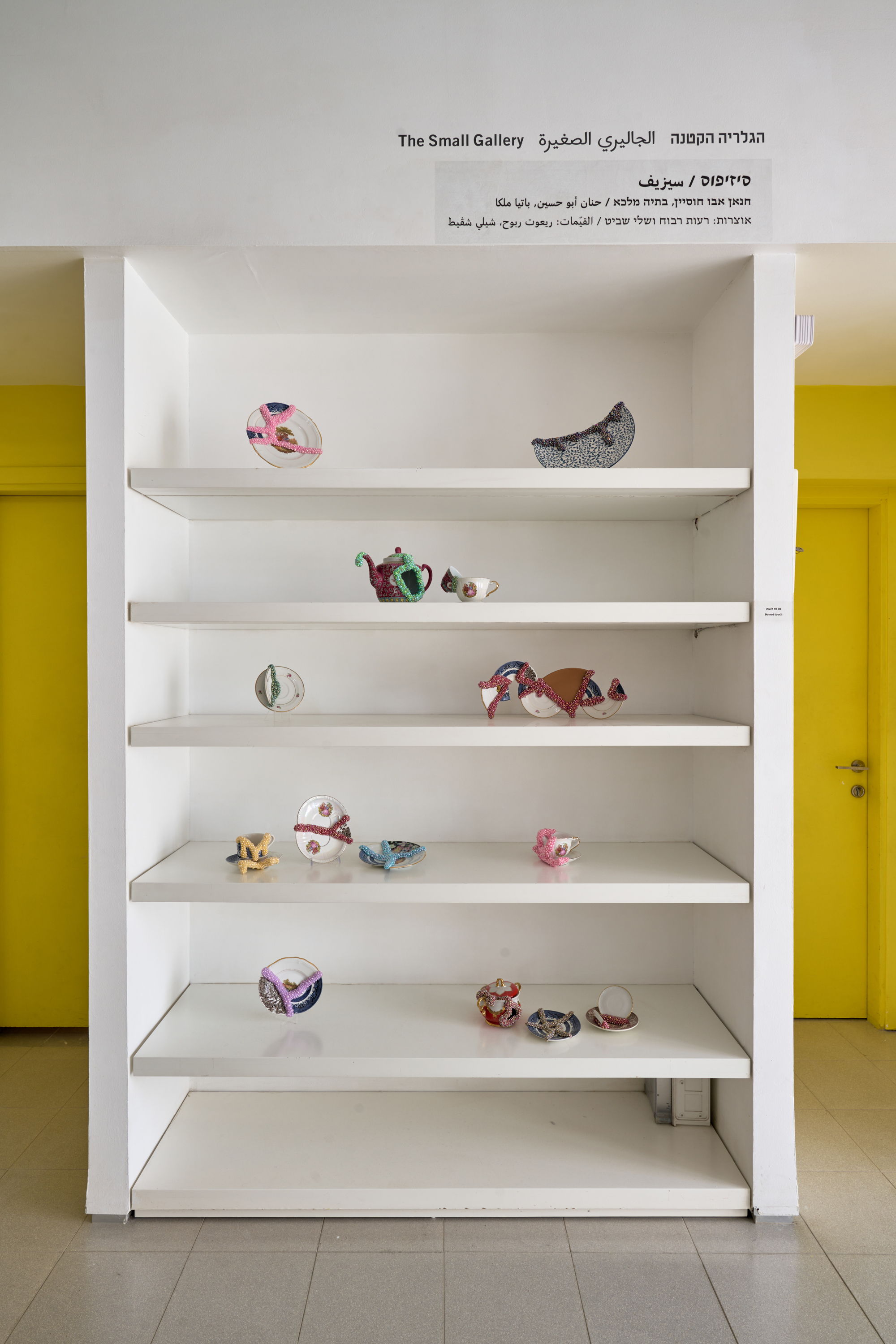 סיזיפוס _سيزيف_תערוכה זוגית_צילום דור קדמי
סיזיפוס _سيزيف_תערוכה זוגית_צילום דור קדמי